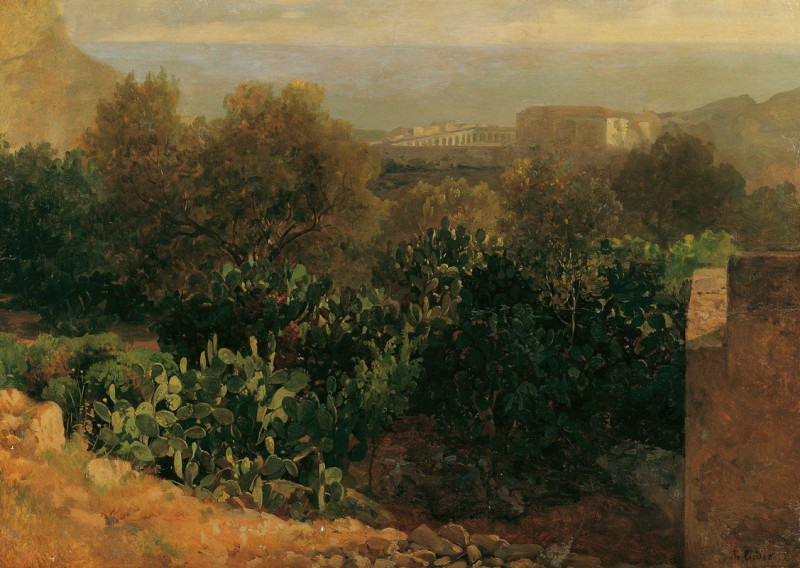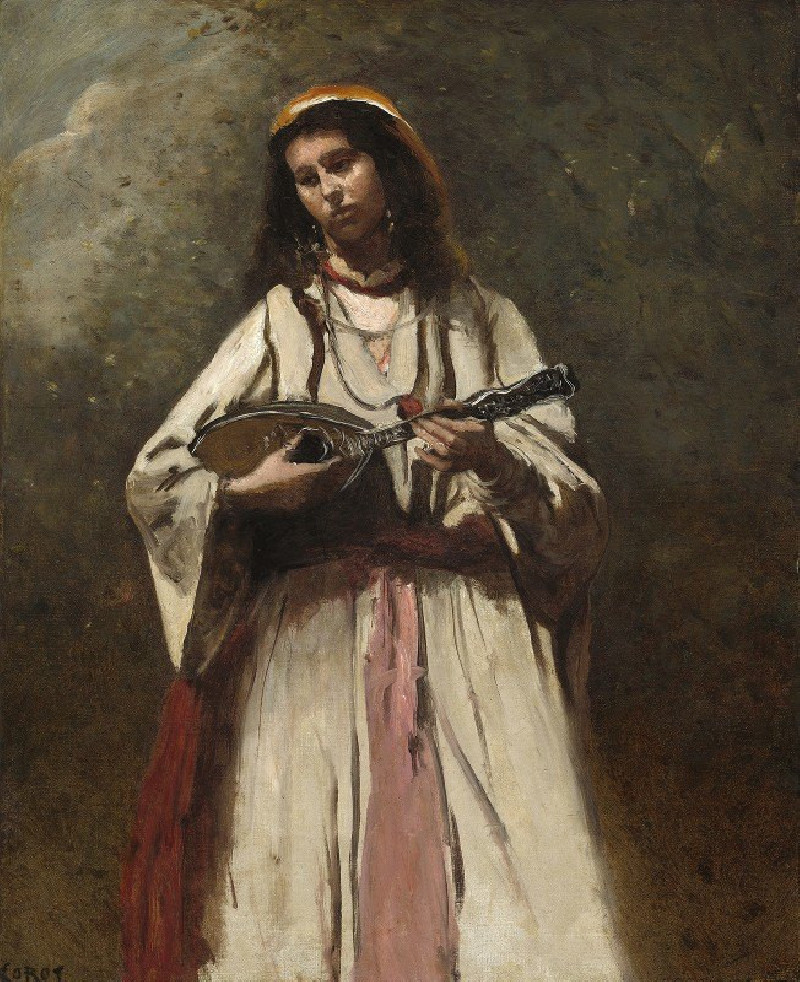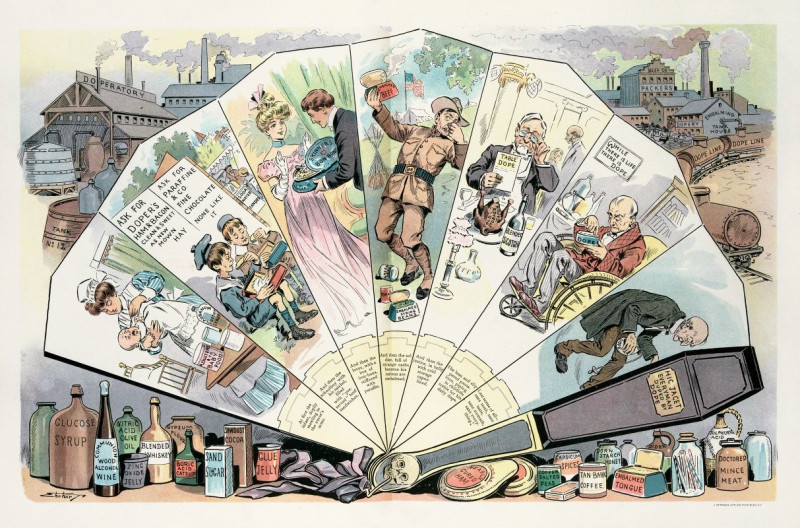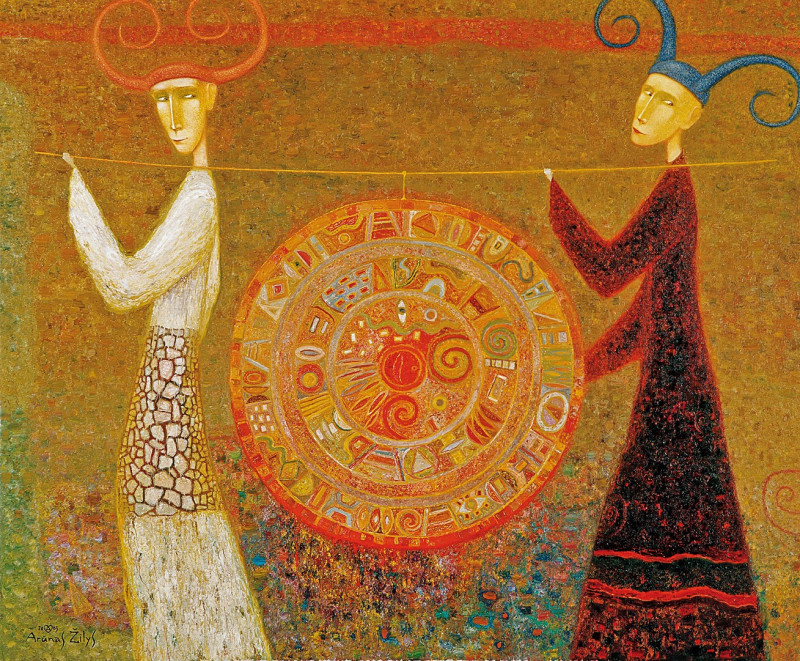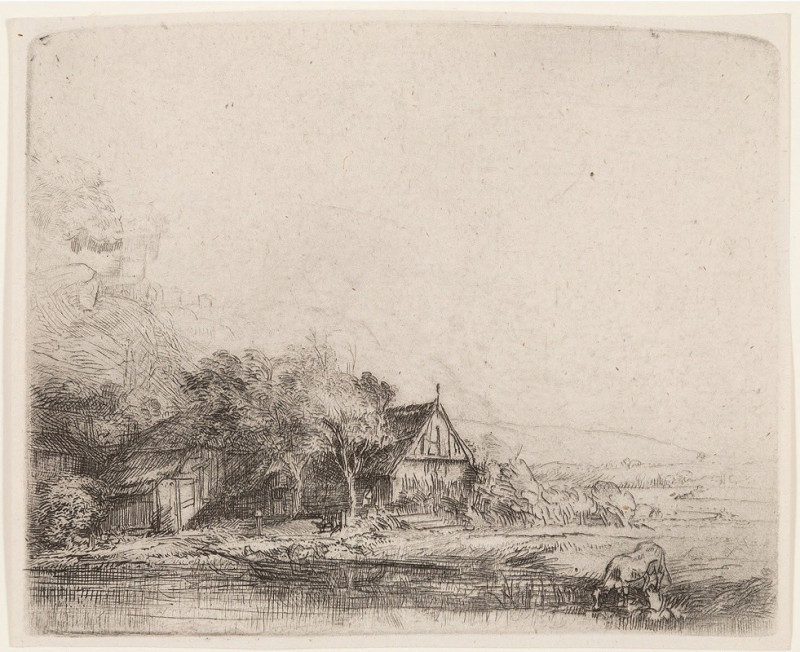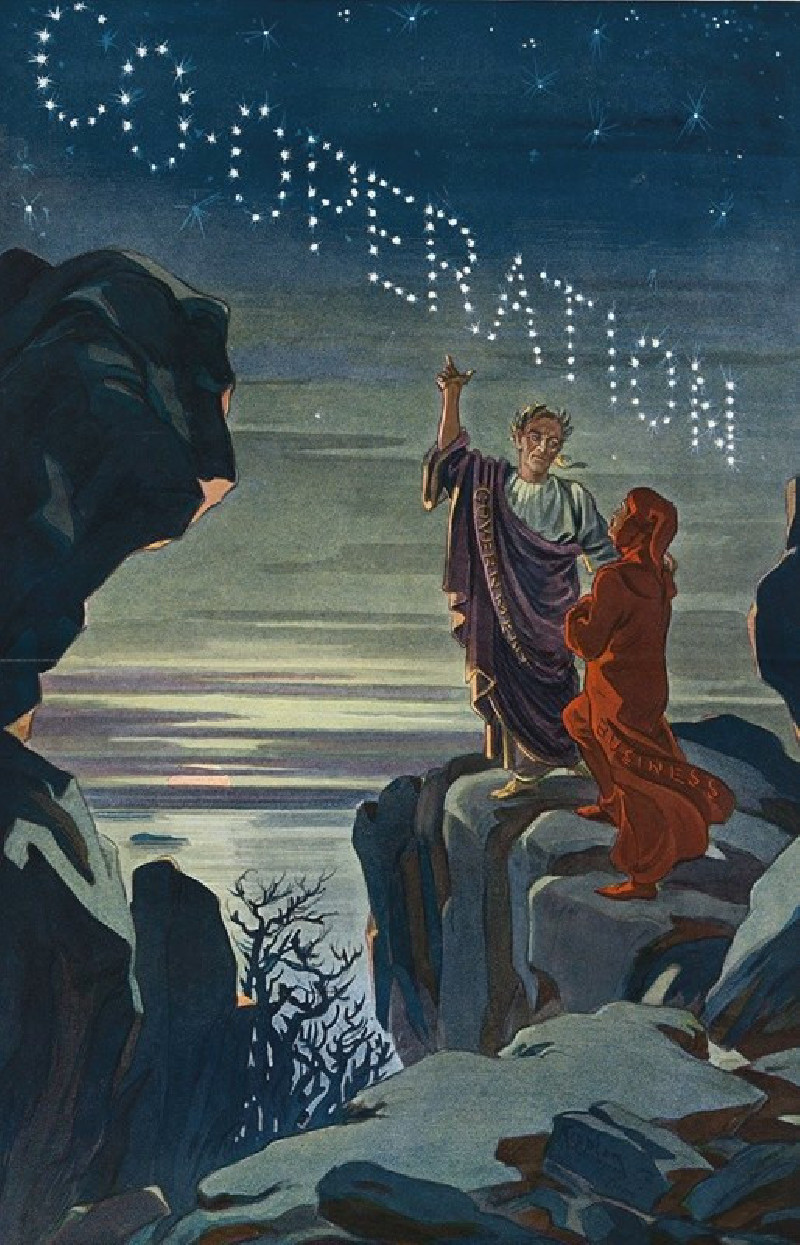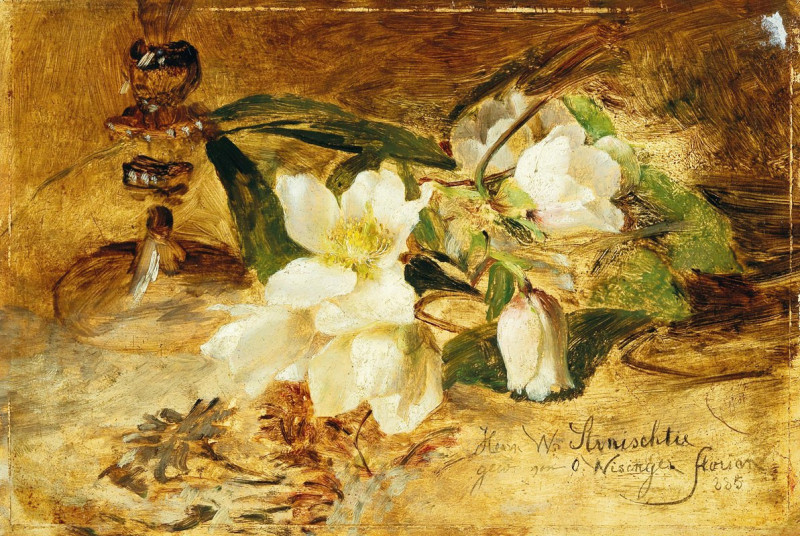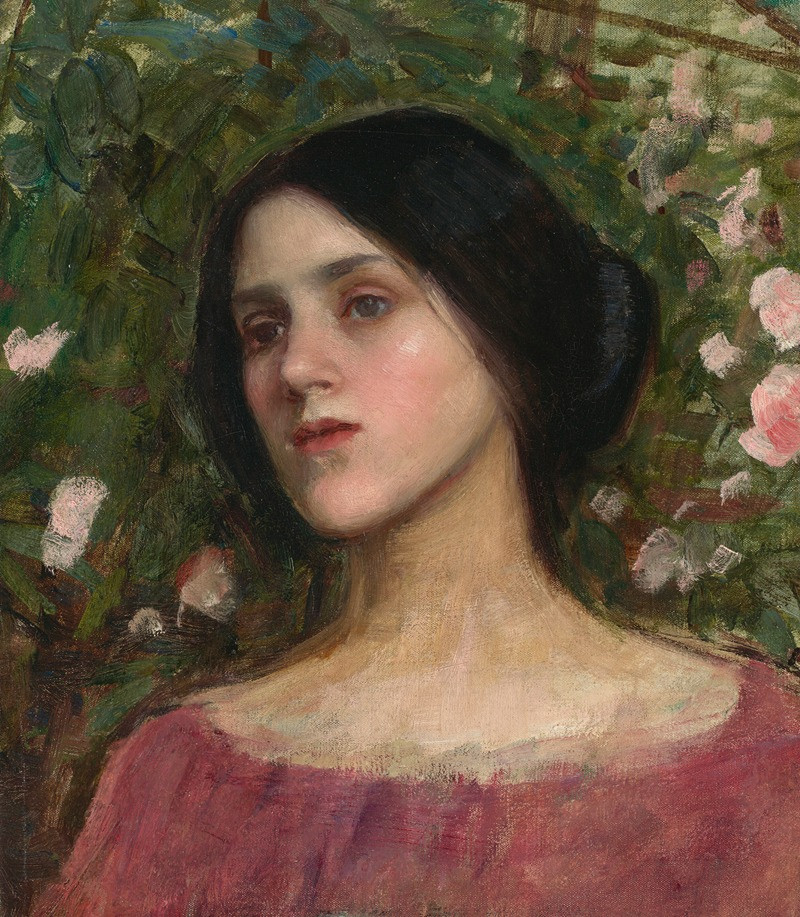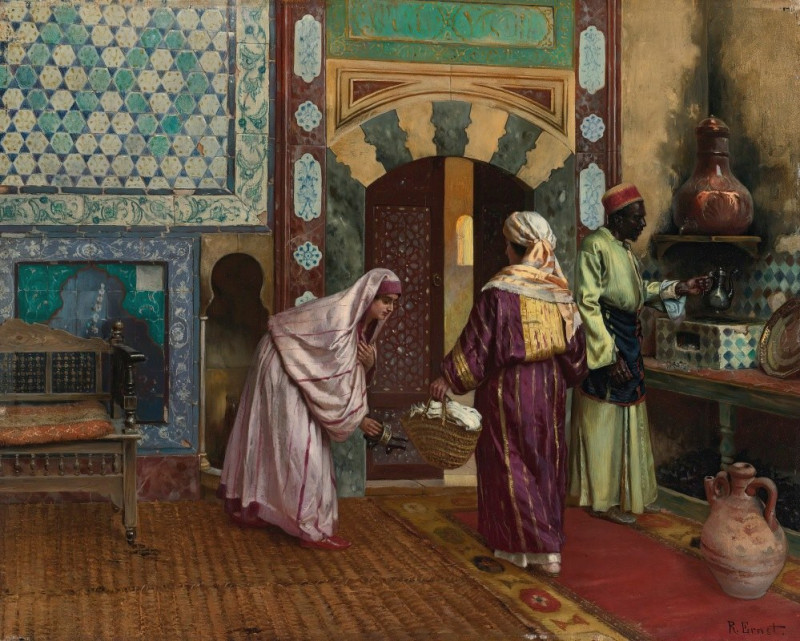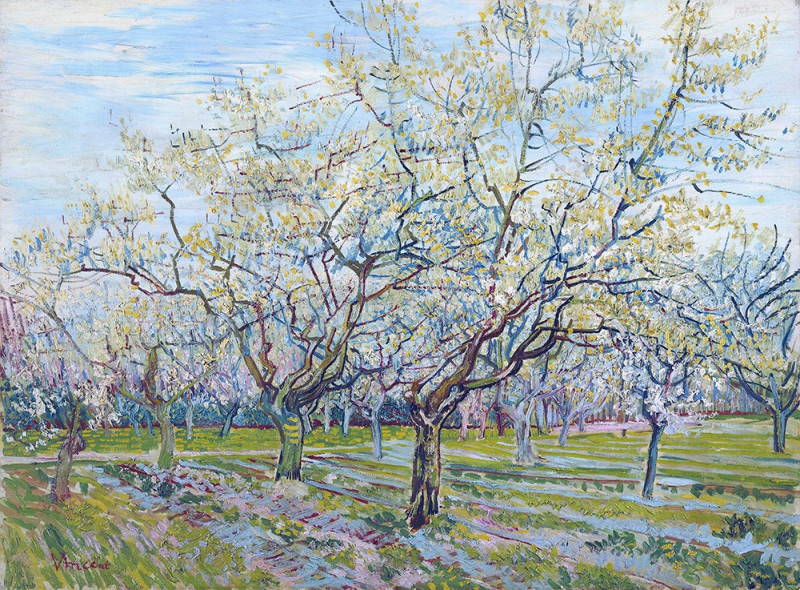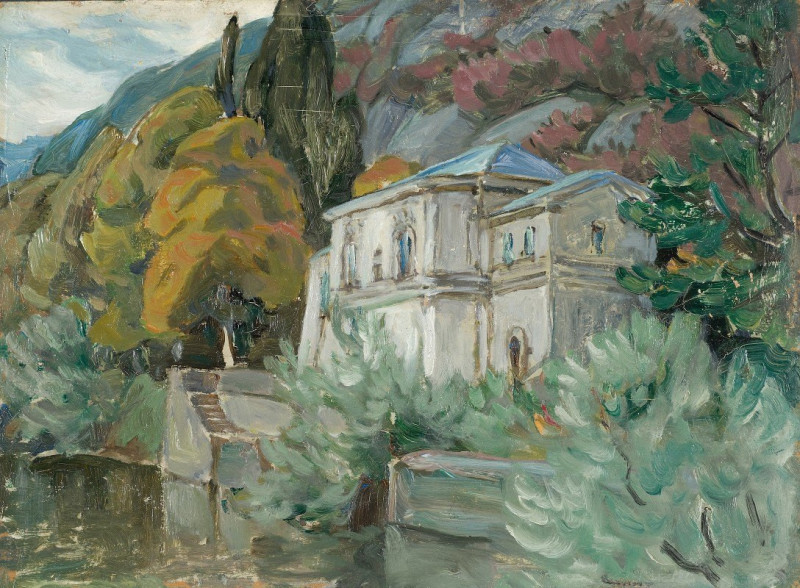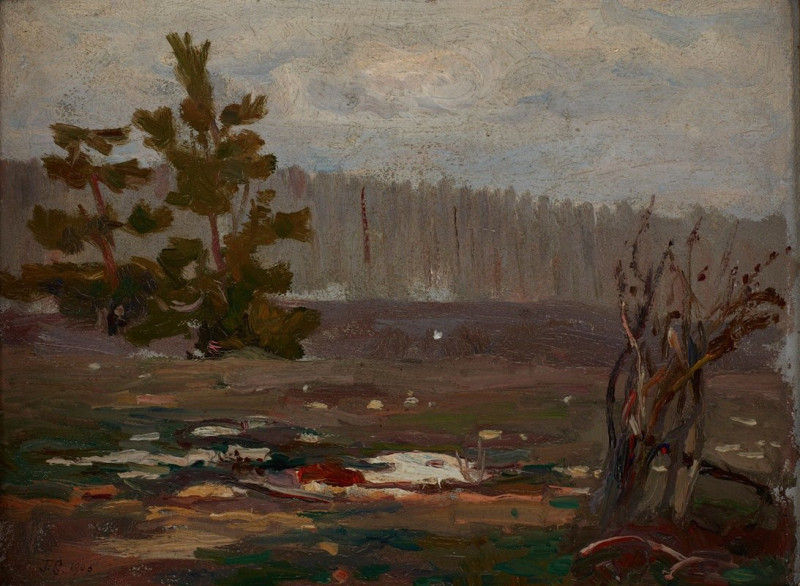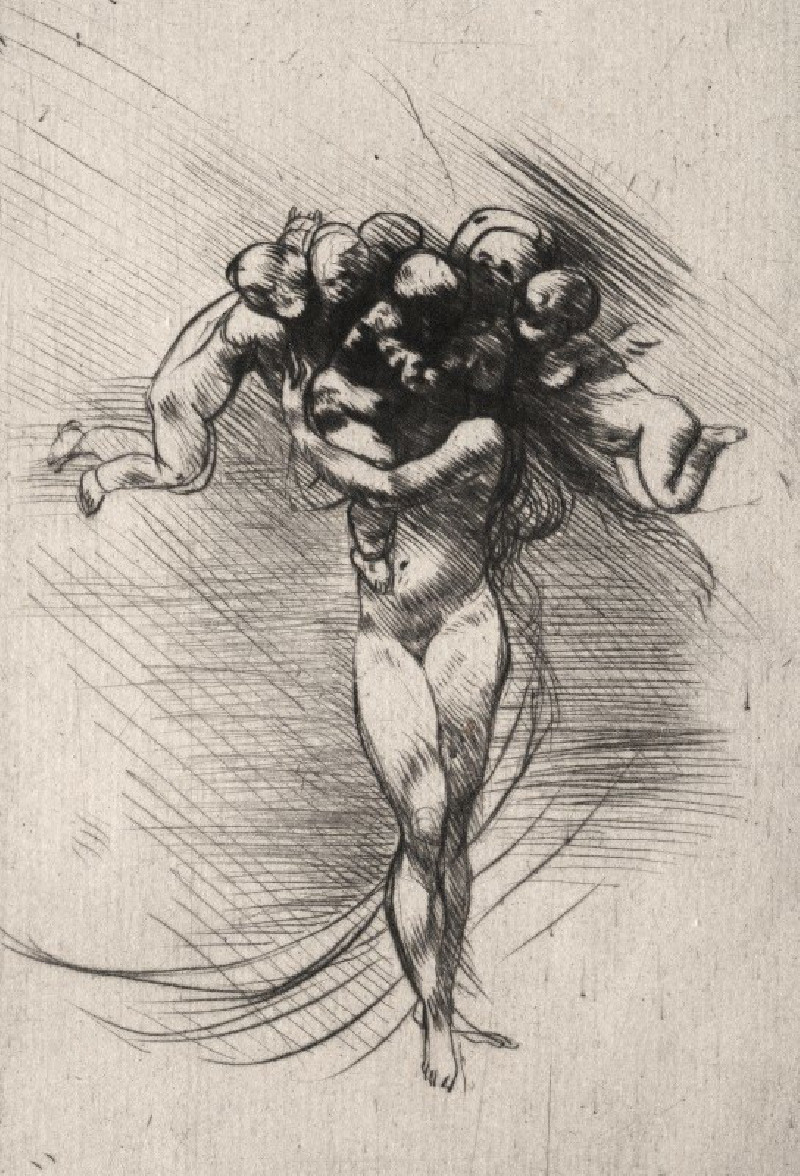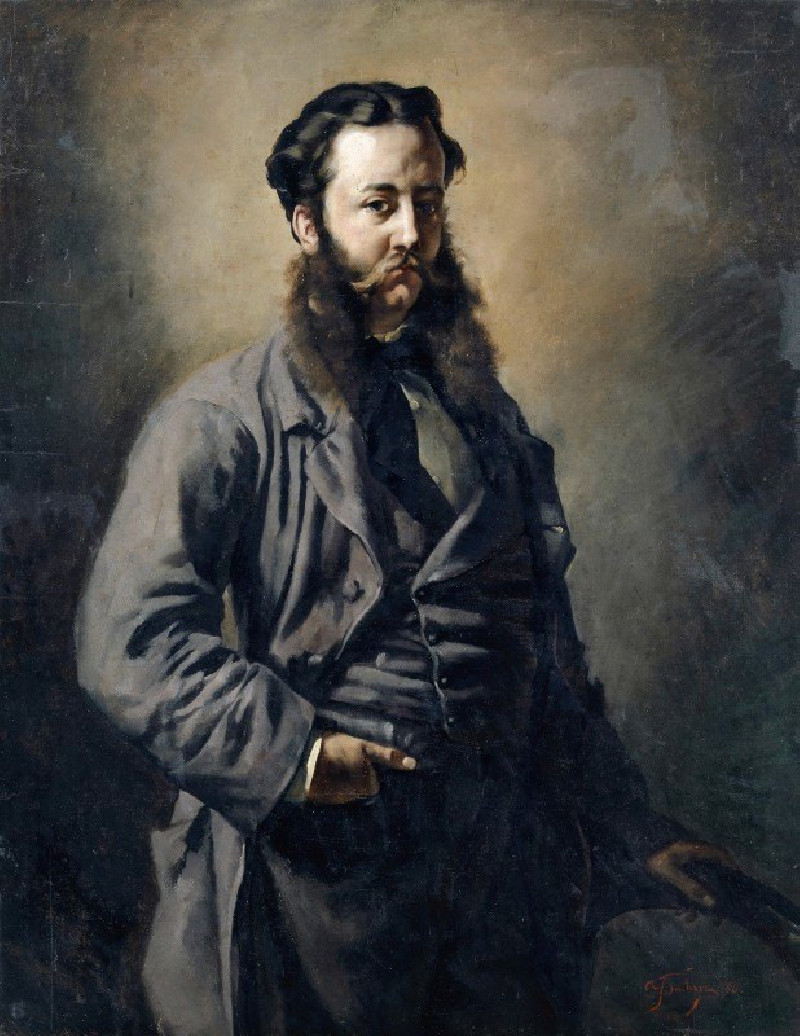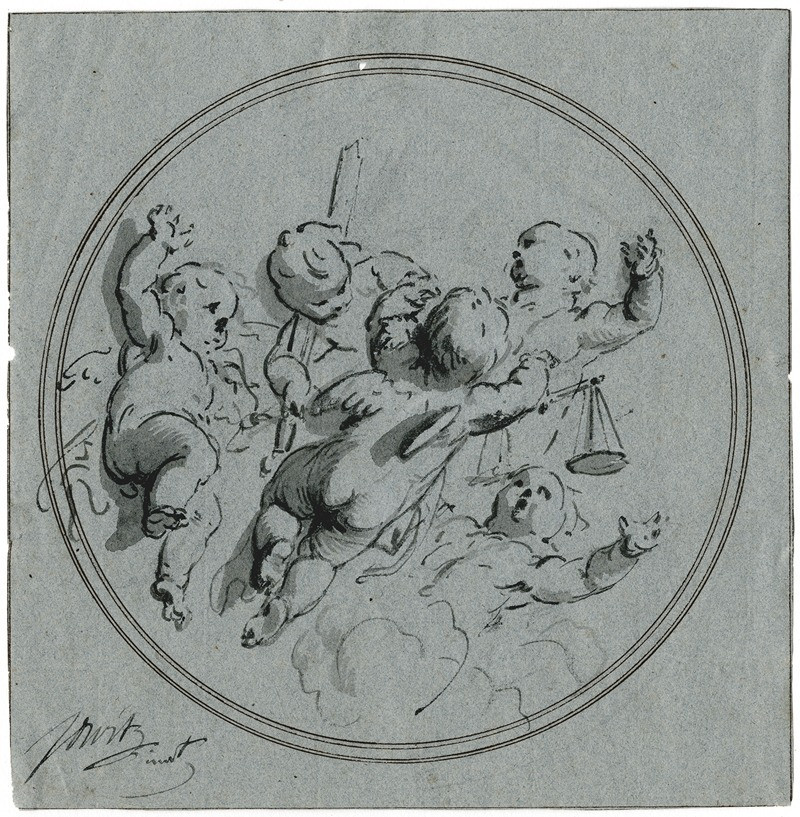Peasant Woman (1880)
Technique: Giclée quality print
Recommended by our customers
More about this artwork
Camille Pissarro, a pivotal figure in Impressionist painting, captures with tender accuracy the dignified essence of rural life in his 1880 painting, "Peasant Woman." This artwork portrays a young woman dressed in the simple, worn garments typical of a rural worker of the time. Her outfit includes a dark blouse coupled with a lighter apron, and her head is adorned with a red and white patterned kerchief, suggesting her engagement in outdoor labor.Pissarro's brushwork lends a vivid texture to the painting, employing a palette that resonates with the hues of nature, thus enveloping the subject in a harmonious atmosphere. The green backdrop, composed of loose, expressive brushstrokes, suggests a lush, verdant setting which might be a garden or a farm. The woman's gaze, directed away from the viewer, alongside her slightly flushed cheeks, injects a narrative element of introspection and perhaps a moment's pause in her day of toil."Peasant Woman" exemplifies Pissarro’s commitment to portraying the lives of ordinary people with realism and empathy, devoid of romanticization. This painting is not just a visual record; it's a poignant reminder of the artist’s radical social views and his admiration for the fortitude of the working class. Through this canvas, Pissarro celebrates the quiet strength and the unspoken stories of those often overlooked by society.
Delivery
Returns
Blessed are they who see beautiful things in humble places where other people see nothing. — Camille Pissarro
Camille Pissarro (1830-1903) was born on St.Thomas (now the US Virgin Islands) to a Portuguese father and a Dominican mother. He went to Paris to study art at Ecole des Beaux-Arts. He was an early pioneer of pointillism and neo-impressionism and later became a mentor of many famous impressionist painters including Cezanne, Manet, Renoir, and Gauguin. His paintings depicted rural and urban French landscapes and lifestyle. Many of his works politically captured images of peasants and laborers. Today, he is considered the father of impressionism.
































